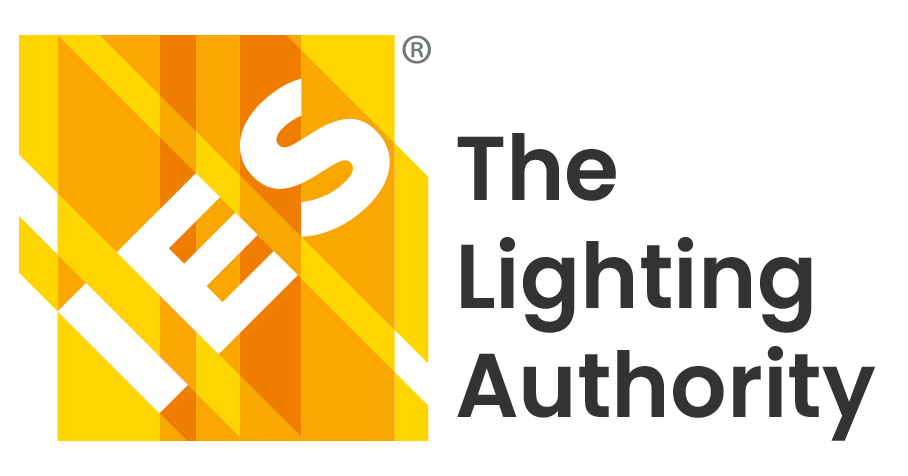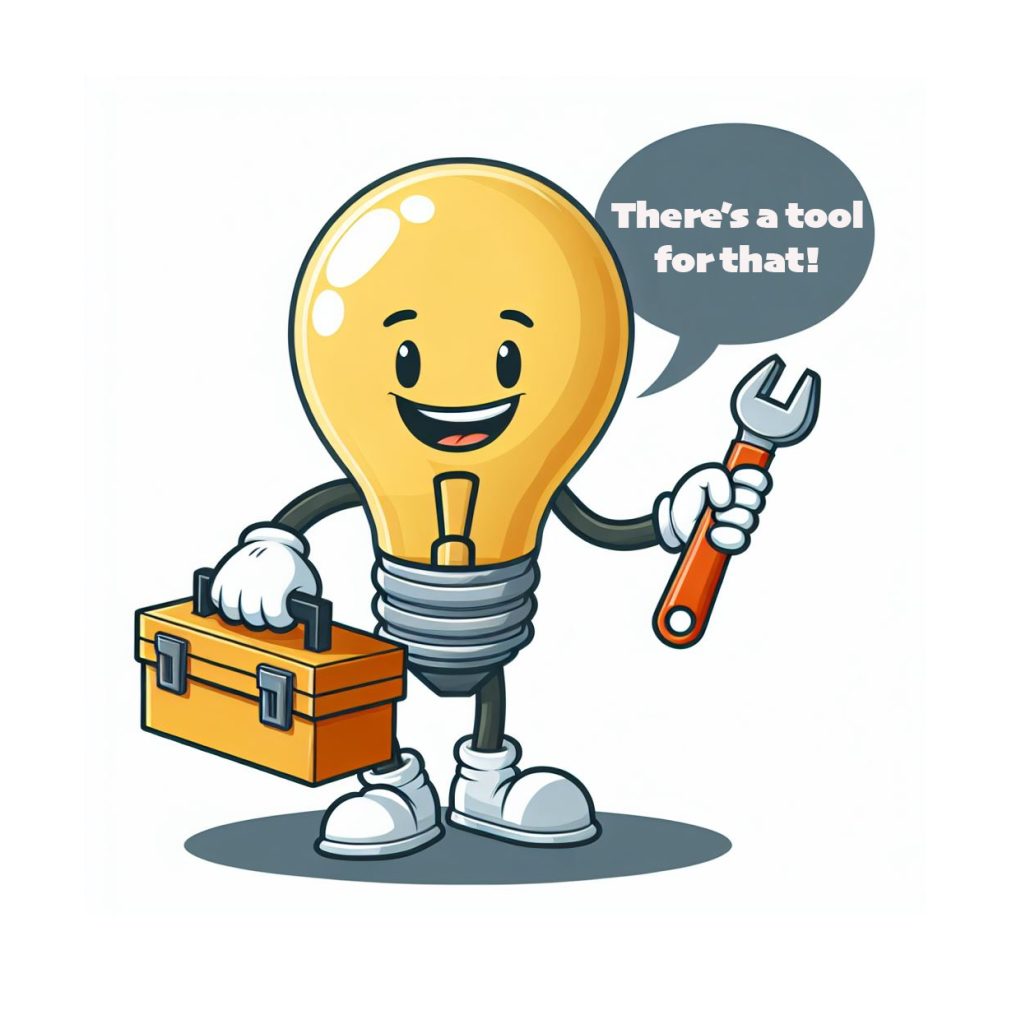Bridging the Gap Seeking accessible lighting design tools
There was one thing my high school art teacher took great pleasure in repeatedly saying to me, often as I was struggling to sand a complicated metal smithing project or when expressing doubt over how I would bring my concept to reality: “You know, there’s a tool for that!” My heart would always leap, and I thought my life would instantly become easier, just like that. But that was never the end of her adage. After a brief but well placed pause, she would follow with, “We don’t have it.” There
existed a solution for my exact problem, and yet, I absolutely did not have access to it. It was frustrating to know that I was struggling needlessly.
Fast-forward to my professional life, and I encountered the same frustration with my tools for lighting design. I never felt like the quality of our tools matched the fervor of our passion for lighting, particularly for daylight. The divide between our tools and what is needed to be analyzed for a modern design is growing. Lighting design today needs to be sustainable, energy-efficient, and human-centric. The pathway to these modern designs is no longer a simple rule of thumb with fixtures added inside the building; it’s a complex marriage of the daylight entering the space and the architectural lighting supplementing it. Clients want to design to LEED and WELL standards while creating a visually pleasing building, and designers need to meet IES-recommended light levels, power density restrictions, and daylighting control put forth by energy codes, among other project requirements. It’s a lot to juggle, and, as an industry, we’re not juggling it very well.
In school and in my career, architectural lighting design was a distinct and separate thing from daylighting design. Daylighting design was always a separate line item on the lighting proposal that was paid for very rarely. Most lighting designers say “no” when asked if they do any daylighting design. It seems to me we are ignoring not only a huge part of our responsibility as lighting designers but also a significant part of our job that could make our task simpler and more effective.
Effective integration of daylighting should and must be the primary focus of lighting design to achieve the complex web of project end-goals. But we know all this, in theory. The question is not what should we be doing to create more sustainable, energy efficient, and human-centric design, but how we should be doing it. In other
words, what’s preventing us from reaching our full potential with integrating daylighting and architectural lighting? We could point our fingers at a lot of things. Clients won’t pay for it, so why work for free? Market demands are a fair point. So, if there are no carrots, what about the stick? Current energy codes require daylight zone control and restrict lighting power density. That’s, maybe, a start. But adding daylighting controls zones is an easy requirement to meet without designing around, for, or even thinking about, daylighting at all. So, no stick either. What else changes and pushes forward an industry? Innovation.
I never felt like I had the tools to look at these two halves of lighting design together as one entity—one experience—in my projects. Sure, there are bridges to span that gap. I think of programs like Rhino, Grasshopper, Ladybug, and Radiance, and I just want to sigh. The barrier to entry to knowledgably use those tools feels so high. While there are firms that have mastered these tools and are using them to great effect, they are few and far between. The industry is still seemingly stuck in my high school art room. There are tools for analyzing and designing daylighting and electric light together, but they are so inaccessible to most lighting designers.
The Bridge to Where?
What if we had an accessible program (or more than one) to effectively analyze architectural lighting and daylighting together? What could that do for our industry? Add more carrots, for one. Design firms could adapt their design process to incorporate daylighting design without drastically increasing labor costs. The designs would be more sustainable, energy efficient, and benefit human health, providing increased quality of service to clients. This would be a huge step forward in the argument of having a lighting designer on every project. I believe that the lighting industry would grow as a result.
More accessible programs would also enable the industry to have more sticks along with the carrots. Creating energy codes is always a balancing act. They can only demand requirements that are technically feasible. Not only must the requirements be technically possible, but it also must not be so exorbitantly expensive to implement that it can’t justify the reason for the requirement in the first place. (I am still waiting, not so patiently, for automated shades to be coderequired, as the whole daylighting zone requirement loses most of its benefits without those. Apparently, automated shades are too expensive for the market to handle.) But if our industry had the right tools to design with both architectural lighting and daylighting together without soaring costs, the energy codes could then strengthen language around using daylight as a path to meet lighting requirements. This, in turn, can help us modify our way of thinking about, and designing, daylight.
An Office Example
The concept can feel a bit amorphous, so let’s look at a specific example. Consider a private office along the perimeter of a building with access to plenty of daylight. The owner is cost conscious, so against your better judgement, you agree to illuminate the space with a single fixture, a recessed linear. Where do you place the fixture within the ceiling? I think most designers would say the center of the room, even though the desk is likely off to one side. The idea of creating the lighting design primarily to function at night and provide as much uniformity within the space (not for the task) as possible is so strong within us that it clouds our judgement and puts a nearly insurmountable obstacle to designing both electric lighting and daylighting together. We need to reconsider this instinct.
This private office is used almost exclusively during the day. If we truly cared about uniformity for most of the occupied time, we should put the fixture toward the back of the room to balance the daylight entering the space. So, why don’t we do that? The most likely reason is that we don’t think about daylight as a primary form of illuminating our spaces. It’s traditionally an afterthought: lay out your electric lighting optimized for no daylight present and then slap some controls on after the fact to “do” daylight dimming. Secondary reasons are that it will look weird to have the fixture offset, as well as worries about uniformity for emergency lighting. These seem like minor concerns that can be overcome as well by hiring a competent lighting designer to make the design both beautiful and functional, particularly for rooms like this private office that aren’t required to have emergency lighting.
Does it make sense that we are designing for the worst-case daylighting scenario? Even on the cloudiest day, there is still a lot of daylight coming in. Can we meet our lofty energy efficiency, sustainability, and human-centric design goals if we focus on the extreme cases? I’m not sure.
Tools Shape Our Work
The abilities of our tools shape the work we accomplish. If a process isn’t easy, reliable, or cost-effective, it won’t be adopted widely. If we don’t use tools that allow us to look at electric and daylight together, we’ll never design that way. Fortunately, we’re not in high school anymore and we can advocate for a better future. We don’t have to keep using the same limited tools we’ve used for decades. How do we get to the accessible tool(s) to analyze both electric light and daylighting? Demand more from your software systems. There are tools out there that can do this in an accessible way. Stop neglecting half of the design. Seek software solutions that empower comprehensive analysis. The technology is here; you just need to reach for the right tool.
AJ Gorman drives creativity and innovation as the director of Business Operations at LightStanza. She currently serves as the Seattle Chapter leader of Women in Lighting + Design.


